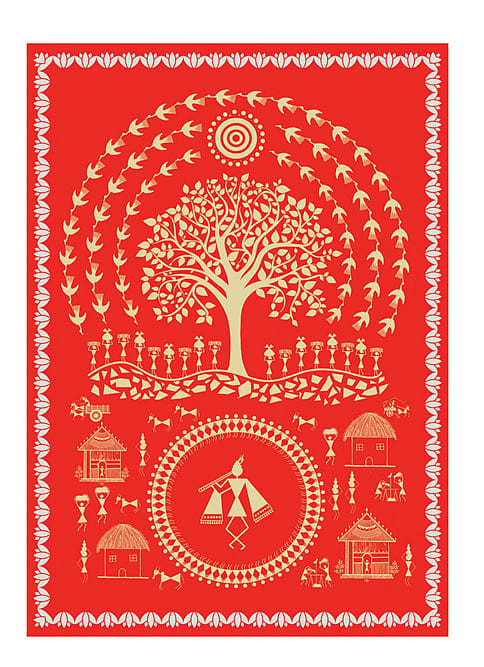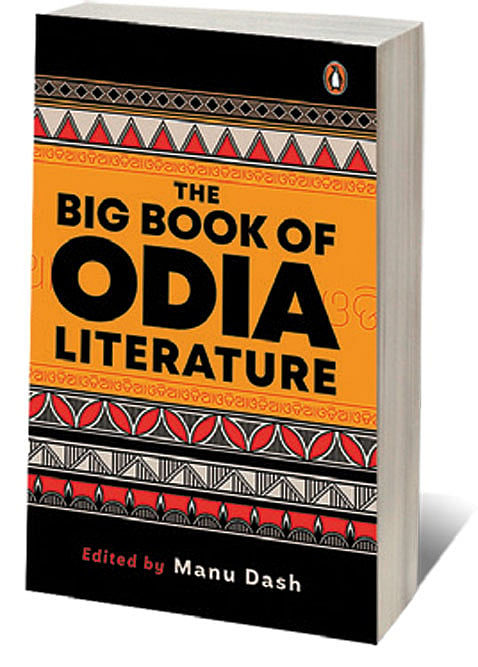Chronicles from Kalinga

LITERATURE CARRIES CERTAIN truths that cannot be irrefutably confirmed. But the truths that constitute great fiction perhaps possess a shared essence— a plangency that plucks at the reader’s emotional strings.
Some people might generously accept literature’s inherent indeterminacy. However, the same liberal literature lovers turn into unrelenting precisionists while evaluating translations of literature. If truth be told, a fastidious, almost authoritarian view prevails today — the greater the piece of literature or its author, the more accurate ought to be its translation.
This narrow understanding perhaps deters many Indians from translating stories in their vernacular languages into English and other major world languages, as it makes the translator’s task unexciting and burdensome.
The Big Book of Odia Literature gently challenges this attitude. Manu Dash, the editor of this anthology and one of its translators, has selected the contributors with an inclusive spirit, ranging from giants like Jayanta Mahapatra and Bikram Das to passionate youngsters like Aditya Nayak and Sanskruti Pujari. Dash has indicated that while translation requires percipience and patience, it is not merely an expertise through which the field can be dominated by a few experts.
The featured translations also reveal that Dash has deprioritised the manic obsession with syntactic accuracy. He has given the translators a democratic yet challenging mandate of distilling the mood and tone of the original story, poem, or essay.
For instance, Aditya Nayak has translated a short story on a famous poet’s death anniversary that was celebrated in a medical college. Though humour is not easy to translate, Nayak has managed to preserve famous Odia satirist Faturananda’s droll humour that had suffused the original version. Himanshu Mohapatra’s translation of another short story has retained the tension that develops when an accommodating person befriends a domineering character.
Short stories have been a vital part of modern Odia literature. In the early 20th-century Odisha, the essay had emerged as a vehicle for knowledge and modernity. This anthology showcases Odisha’s most brilliant essayists, such as Natabar Samantaray, Chittaranjan Das, and Mohini Mohan Senapati.
Chittaranjan Das’ writings provide a searing commentary on society. The essay by Das included in this book points out how everyone in our society — babus, students, workers, factory owners — talk longingly of this country’s need for revolution. But all they wish for is an upheaval that yields great power for themselves without demanding any sacrifice or loss on their part.
Apart from the many individual triumphs by the translators featured in this book, The Big Book of Odia Literature also stands out for the way in which it is ethically and inclusively conceptualised. The book not only carries translations from the Odia language, but all of Odisha’s languages.
Odisha’s rich Adivasi literary traditions are represented and celebrated in this book through many translations from Santali, Kui, Oraon, and Kondh, among others. Ajit Kullu’s English translation of the Khadia poem on the Amko Simko massacre introduces the reader to a heartbreaking account of brutalities committed by a British military officer against an Adivasi community. The poem recalls the horrors from 1939, when “life got drowned in whines and whimpers”.
One can claim that the translation of Odisha’s literature into English does not have a long history. The world’s most prestigious publishers have so far brought out the writings of only a few iconic writers from Odisha, such as Fakir Mohan Senapati, Gopinath Mohanty, Kalindi Charan Panigrahi, Sachidananda Routray, Pratibha Ray, Akhil Naik, and Jagannath Prasad Das.
Meanwhile, it is heartening to see that The Big Book of Odia Literature has been faithful to its title by releasing an assemblage of writings in Odisha’s many languages in one volume. Arguably, this book makes available to readers one of the first richly detailed maps on Odisha’s vast and diverse literature. Otherwise, Odia literature is still being introduced to a global readership at a glacial pace.

